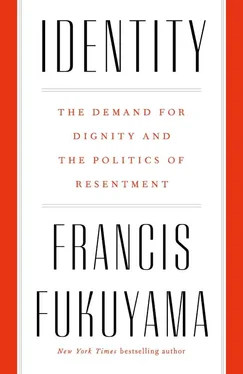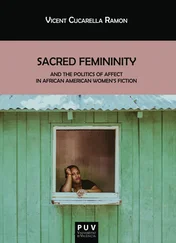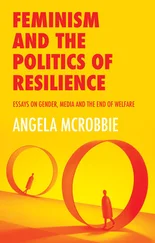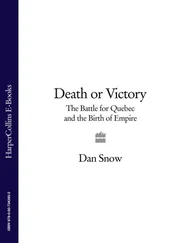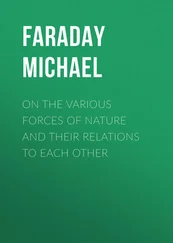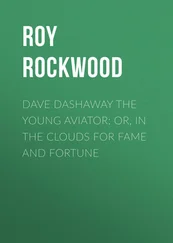10
THE DEMOCRATIZATION OF DIGNITY
As we have seen, understandings of dignity forked in two directions during the nineteenth century, toward a liberal individualism that came to be embedded in the political rights of modern liberal democracies, and toward collective identities that could be defined by either nation or religion. Having taken a preliminary look at the collective understandings of identity, we will now return to the individualist ones—that is, identity as it has emerged in modern liberal democracies in North America and Europe.
In the latter group of countries, dignity has been democratized as political systems have progressively granted rights to wider and wider circles of individuals. At the time of the ratification of the U.S. Constitution in 1788, only white males with property had full political rights; the circle of rights bearers gradually expanded to include white men without property, African-Americans, indigenous people, and women. In this sense, liberal individualism gradually fulfilled its promise of becoming more democratic. But as it did so, it also evolved in a collective direction, such that the two strands ended up converging in surprising ways.
When we first encountered thymos and the desire for recognition of dignity in Plato’s Republic , it was not generally shared among all human beings. Rather, it was the exclusive province of the guardian or warrior class, individuals who deserved recognition because of their willingness to risk their lives in a violent struggle to defend the larger community. We saw that dignity became universalized in the Christian tradition because all human beings were held to be capable of moral choice, a capacity that in Protestant thought was said to reside deep inside each individual. This concept of universal dignity was then secularized in the form of rational moral rules by Kant. To this, Rousseau added the idea that the inner moral self was not just capable of binary moral choices, but was filled with a plenitude of feelings and personal experiences that were suppressed by the surrounding society; access to those feelings rather than their suppression became the moral imperative. Dignity now centered on the recovery of the authentic inner being, and society’s recognition of the potential that resided in each of its members. A liberal society increasingly came to be understood not just as a political order that protected certain minimal individual rights, but rather as one that actively encouraged the full actualization of the inner self.
In the Christian tradition, the inner self was the source of original sin, but was also the seat of moral choice by which sin could be overcome. Dignity rested on the ability of an individual believer to comply with a host of moral rules—regarding sex, the family, relations with neighbors and rulers—at the expense of inner sinful desires. With the erosion of the shared moral horizon established by common religion in Western countries, it became less possible to award dignity only to those individuals who complied with Christianity’s moral rules. Religion was instead seen as a form of idolatry or false consciousness; recognition was due rather to the expressive inner self that might at times even want to transgress religious rules.
The way these ideas played out in twentieth-century American culture can be illustrated by the work of the California Task Force to Promote Self-Esteem and Personal Social Responsibility, which issued the report Toward a State of Self-Esteem in 1990. The task force was the brainchild of state legislator John Vasconcellos, who was influenced by the human potential movement that flourished in the California Bay Area from the 1960s on. {1} 1 The human potential movement was promoted by the Esalen Institute, one of whose early directors was Virginia Satir, to whose memory the California task force’s report is dedicated.
The latter built on the ideas of the psychologist Abraham Maslow, who became famous for his “hierarchy of needs.” At the bottom of the hierarchy were basic physiological needs like food and drink; in the middle were social needs like safety and security; and at the top was something Maslow labeled “self-actualization.” He argued that most people fail to realize the greater part of their potential; self-esteem was critical to self-actualization, since individuals were held back by low estimates of their own capabilities. Consistent with the modern concept of identity was the idea that the individual’s self-actualization was a higher need than the requirements of the broader society. {2} 2 Abraham Maslow, A Theory of Human Motivation (New York: Start Publishing, 2012).
The task force defined self-esteem in the following terms:
Being alive as a human being has an innate importance, an importance to which the authors of the Declaration of Independence referred when they declared that all people “are endowed by their Creator with certain unalienable rights…” This conviction concerning the dignity of every human personality has long been part of our nation’s moral and religious heritage. Every person has unique significance, simply because the precious and mysterious gift of life as a human being has been given. This is an inherent value which no adversary or adversity can take away. {3} 3 Toward a State of Self-Esteem: The Final Report of the California Task Force to Promote Self-Esteem and Personal Social Responsibility (Sacramento: California State Department of Education, January 1990), 18–19.
The report noted, “Appreciating my own worth and importance does not depend on measuring the quantity or quality of my abilities against those of someone else. Every person’s abilities are valuable and needed. Each of us has a contribution to make to our society.” It elaborated, “The point is not to become acceptable or worthy, but to acknowledge the worthiness that already exists. Our feelings are part of this, and accepting them builds our self-esteem… We each can celebrate our special race, ethnicity, and culture. We can appreciate our bodies, our gender, and our sexuality. We can accept our ideas, feelings, and creativity.” {4} 4 Ibid., 19, 24. The universal need for self-esteem is also asserted in Robert W. Fuller, Dignity for All: How to Create a World Without Rankism (Oakland, CA: Berrett-Koehler Publishers, 2008).
In these few pages we can see the expression of a long line of ideas that ultimately trace back to Rousseau: that each of us has an inner self buried deep within; that it is unique and a source of creativity; that the self residing in each individual has an equal value to that of others; that the self is expressed not through reason but through feelings; and finally, that this inner self is the basis of the human dignity that is recognized in political documents such as the Declaration of Independence. It is, in short, a clear statement of the post-Rousseauian concept of identity.
The California task force report embodies a huge internal contradiction, however, which in turn reflects the fundamental tension between isothymia and megalothymia. It asserts that each individual has a creative and capable inner self. It strives to be nonjudgmental, warning that we should not compare ourselves to others or allow ourselves to be judged by other people’s standards. However, the authors of the report quickly confront the problem that the inner selves we are celebrating may be cruel, violent, narcissistic, or dishonest. Or they may simply be lazy and shallow. Having affirmed the need for universal self-esteem, the report immediately states that self-esteem must also encompass “social responsibility” and “respect for others,” noting that crime is the direct outcome of the absence of such respect. It celebrates, as a component of self-esteem, “integrity of character,” which is composed of virtues such as “honesty, compassion, discipline, industriousness, reverence, perseverance, devotion, forgiveness, kindness, courage, gratitude, and grace.” But not everyone is virtuous in these ways, which means that some people are more worthy of respect than others. We would never esteem a rapist or murderer as we would an upstanding citizen.
Читать дальше
